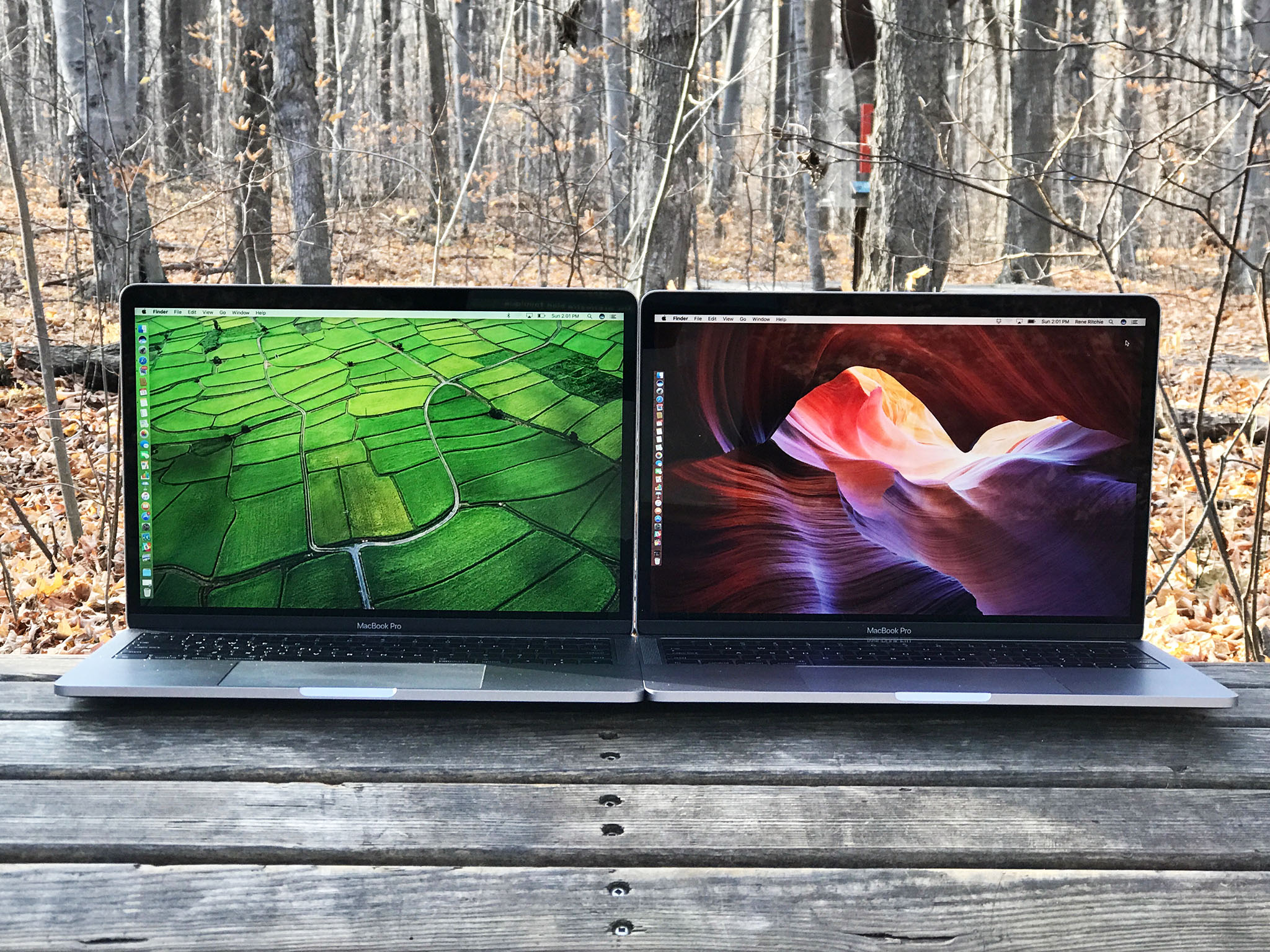The new MacBook Pro trades convenience for reparability — and for most, that's okay

I recently purchased a 256GB SSD 13-inch MacBook Pro with Touch Bar as my latest laptop acquisition — and according to iFixit, there's not much chance I'll be able to upgrade that storage (or much else, really) in the future.
The company has given Apple's latest laptop a repairability score of 1/10, citing glued-in batteries and user-hostile casing; for those keeping score, it's the same score given to the last generation of MacBook Pro, and a few points lower than the last-generation MacBook Air (which netted a 4/10).
Replacement obsolescence
I've replaced many a part in my Mac laptops over the decade and a half I've owned them — a dead battery here, swapping a disk drive for SSD there. As a result, many of those laptops have lasted well beyond their AppleCare coverage point. My dad has an old Wall Street that, until very recently, he still used for email in the living room; I have a 2009-era 15-inch MacBook Pro that's still speeding along with a year-old SSD.
I've loved the thrill of cracking open my laptops and making them better. But it's always come as a bonus to me in my later years of laptop ownership — let's make this thing like new again! — rather than a selling point off the bat.
As Apple makes its computers lighter, thinner, and more power-efficient, it's sacrificing that reparability for greater off-the-bat convenience. My new MacBook Pro feels like a solid slab of aluminum in my hands, much like my iPhone — the engineering is hidden, rather than user-accessible.
But is the trade-off worth it? I go back and forth.
Pros and cons-umers
Removing consumer access to the inner workings of their Macs limits the computer's lifespan: A lithium-ion battery only lasts so many years, and all drives fail eventually. The industry moves forward, and those who can't afford a new laptop every two years can fall behind. It's one thing to pay $700 every two years for a new iPhone; it's quite another to pay upwards of $2000 for a new computer in that same time period.
iMore offers spot-on advice and guidance from our team of experts, with decades of Apple device experience to lean on. Learn more with iMore!
Offering users the ability to upgrade their RAM and SSDs used to be a way to combat that growing obsolescence — make your old computer a little bit faster, let it work a little bit harder, and you don't need next year's model.
And in a vacuum, I worry about the lack of upgradeability in Apple's new Macs leading to computers being replaced faster. People can only afford so much at purchase time, and the "8GB of RAM is plenty" mentality could lead to unhappy users two years down the line. It also may lead to more electronic waste as people upgrade more frequently, or users being forced to pay more money over time to fix their computers solely through Apple and Apple-authorized resellers.
But here's the thing: Outside the core Mac enthusiast audience, the general population just isn't interested in fixing or upgrading its machines. We have a hard enough time helping our loved ones at Thanksgiving switch to complicated passwords and clearing off their desktop — explaining that you can take apart a computer to make it faster or fix it is often beyond the pale for many users.
Throughout my college and early work years in Apple Retail, many of my friends and customers insisted on trudging through life with broken laptop screens, missing key caps, or ever-slowing hard drives. When I mentioned that such things could be (with a little bit of work) easily fixed, they'd often shrug and say "It's not worth it. I'll upgrade eventually." My own fiancé uses an old MacBook with a completely shattered screen, but doesn't see the point in fixing it.
The laptop of the future
We, the computer enthusiasts, balk at computers without replaceable parts. "What if I need more space? I don't want to pay for Apple's RAM suppliers!" But it goes over the head of an average user. All they see is a computer that works for them — until it doesn't.
So it makes sense to me that Apple would focus its build efforts on sleeker, smarter, more portable machines over repairable machines, and offer recycling programs to keep older Macs from ending up in landfills and give users some monetary value for their old machines. There's another issue to think about here, too: As a computer's inside more and more resembles that of its mobile cousin, part replacement becomes trickier — the last thing Apple (or any company) wants is a customer attempting a battery repair and blowing up their device.
No matter our feelings over expensive SSDs and reparability, the future of the Mac is quite likely non-user replaceable. That doesn't mean we should give up fighting for repairable computers — I quite admire folks like iFixit fighting for a user's right to repair their technology, however complicated it's become to do so. But we need to plan for the future.
When buying a laptop, I now look to the computer I want two or three years from now, not the computer I want now. It's not a perfect solution — and often a very expensive one — but it's the decisions you have to make when it comes to extending the life of your new machine.
The same goes for things SSDs: I purchased a 256GB hard drive in my MacBook Pro because I largely rely on cloud-based services for my laptop use, but you may not — and you need to decide that for yourself.
This tack won't solve issues with glued-in batteries dying just outside the warranty period — that's where fighting for reasonable battery repair rates comes in — but it's at least one possible step in an age where all our devices are becoming more and more compact.
Serenity was formerly the Managing Editor at iMore, and now works for Apple. She's been talking, writing about, and tinkering with Apple products since she was old enough to double-click. In her spare time, she sketches, sings, and in her secret superhero life, plays roller derby. Follow her on Twitter @settern.


